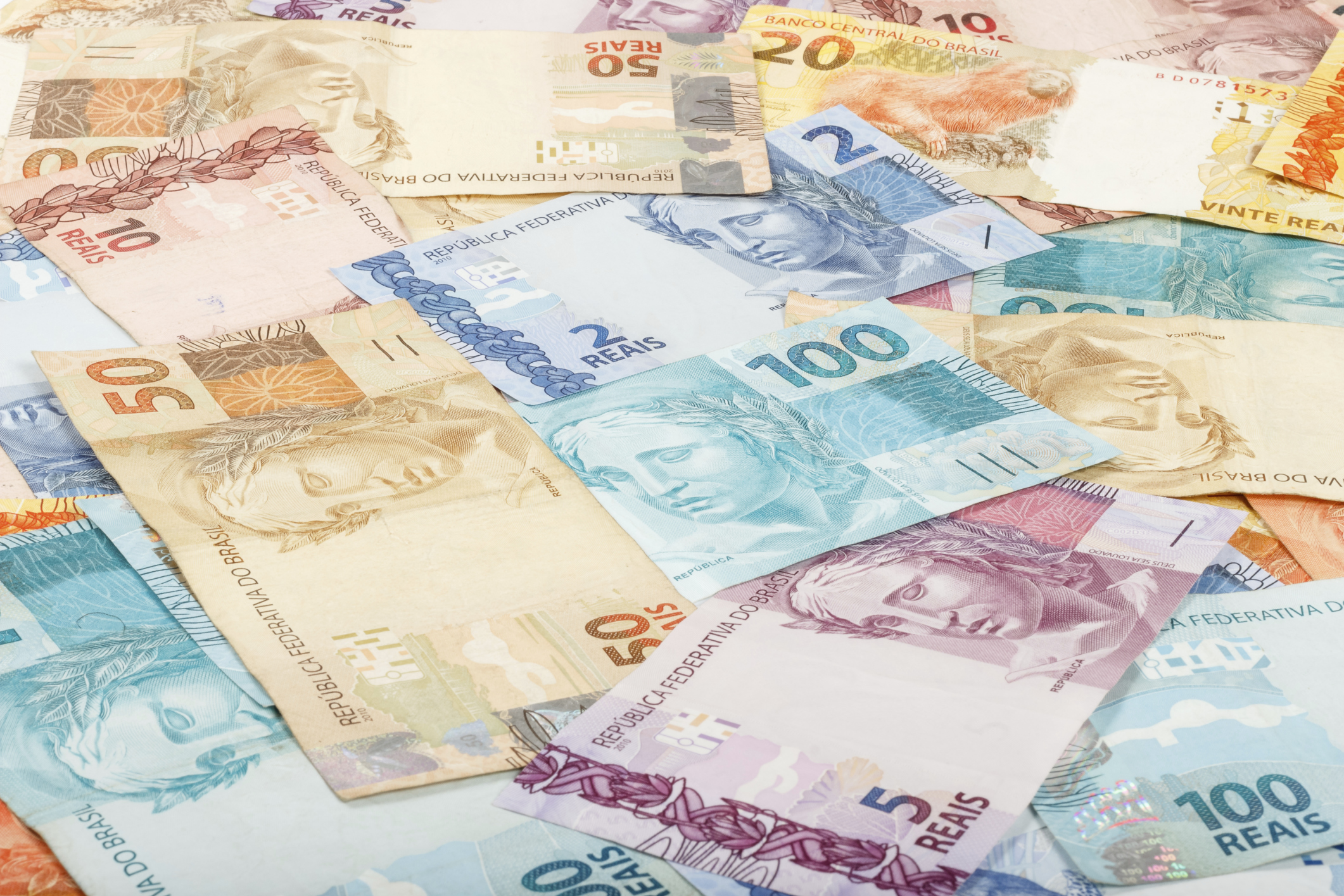Articles
Get Real: Seven Tips for Hedging the Brazilian Currency
- By Nilly Essaides
- Published: 10/6/2015
 Last week, the Brazilian real hit new record lows against the dollar, after falling some 40 percent since this time last year. The rapid decline in the currency’s value, which reflects high inflation and the dimming prospects for Brazil’s economy, means that many companies will have to reckon with the real’s freefall and the weakest results coming out of Brazil in over a decade.
Last week, the Brazilian real hit new record lows against the dollar, after falling some 40 percent since this time last year. The rapid decline in the currency’s value, which reflects high inflation and the dimming prospects for Brazil’s economy, means that many companies will have to reckon with the real’s freefall and the weakest results coming out of Brazil in over a decade.Here are a few tips experts offer corporate treasurers:
1. Use a combination of forwards and options to hedge a percentage of the risk. “Hedging now would be locking in at a rate that’s never been seen historically,” said a currency advisor at a large U.S. bank. “We’ve been trying to get companies to focus on the accommodation of unhedged positions using some forwards as a percentage, and options against a portfolio of hedges. You don’t do really well or really badly. You’re not going to hit home runs, but you’re not going to get killed.” He suggested hedging 50 percent, and creating a diversified portfolio of hedges.
2. Look at risk on a portfolio basis. “The idea is to look at risk reduction for a given cost,” said this banking expert. “Maybe you’re getting enough risk reduction of hedging other exposures more, so you’re less exposed on a net basis.”
3. Have a systematic approach. According to Scott Bilter, partner at Atlas Risk Advisory, this is one case where jumping in after the currency has plunged so deeply may be a case of buying high and selling low and can generate hedge losses overtime. “That’s why a systematic program that ignores the currency direction, but hedges exposure overtime prevents treasurers from having to scramble at the wrong moment,” he said. AFP examined the various systematic approaches companies can take in its CTC Guide, FX Risk Management: The Right Steps for a New Era. Overtime that makes all the difference. ”If you’re putting a hedge now, make sure it’s workable overtime and you’re okay with it regardless of performance of the hedge,” Bilter concluded.
Indeed, according to Steve Jonathan, FX and economics market specialist at Bloomberg, “What the currency drop has done is validate the actions of companies that embraced the concept of averaging into a position.” At the time of the interview, the real was trading at 4.17 to the dollar, down from 2.84 on Dec. 31 of 2014, a record low. “What many corporations have done in last few years is the idea of layering hedges on a rolling basis to smooth out the peaks and valleys,” said Jonathan. “If you’ve been following that approach in the last three to four years, you’re not as concerned. Whether you do that monthly or quarterly, you’re current rate is not above 4; it’s much better than that.”
4. Choose the right coverage ratio. At this point, cost-effective may mean choosing the right percentage of exposure coverage, according to Bilter. For many companies that’s 50 percent. For others it’s a systematic layering of hedges, with higher percentage up front and much lower in subsequent quarters. Companies that have some hedges in place prior to the 40 percent plus drop would benefit from preexisting hedges and buy some time,” he said. “You buy yourself time to react to huge changes. “There’s not going to be dollar-based targets planning without a hedge. That’s how you can become accountable to the budget rate.”
5. Push the cost of hedging to the local operations. Currently, with forward points so high, hedging balance sheet exposures can be very expensive. “To handle that cost, companies can push the cost of hedging to their subsidiaries in-country to keep everyone’s eye focused on the same objective,” Bilter said. That means that if local businesses decide to extend credit terms to make the sale, they will see the consequence in their P&L. “You need to make sure you don’t have perverse incentives,” he added.
6. Rely on natural hedges. There are also natural ways to reduce the overall size of the exposure. For example, companies that ship into the country can insist on cash on delivery (COD). They can also change their currency of billing and apply different pricing. Dollar pricing, for example, may not solve the economic exposures but help avoid future volatility. “Changing the payment terms can help,” Bilter said. “In the least it’s a way to avoid the high cost of forward points.”
7. Cut your losses? “Clients who want to hedge Brazil have faced spiking volatility in the last three to four months. It makes it harder to think and analyze a hedge and expect the market to be relatively in the same place the next morning,” Jonathan said. “This is obviously something that’s an issue for a lot of currency markets today. Volatilities move so fast and so much that it’s disruptive to the market. It’s hard to get comfortable with the cost. And just as you get comfortable, there’s a double-digit move within 24 hours, which makes you start over your calculation.” According to Jonathan, that’s an issue whether companies use options, forwards or NDFs. In all of those markets, liquidity has gone down and costs have gone up. “At some point some organizations may be willing to cut their losses and bite the bullet even though the real has moved way beyond budget rates,” he said.
Copyright © 2024 Association for Financial Professionals, Inc.
All rights reserved.

